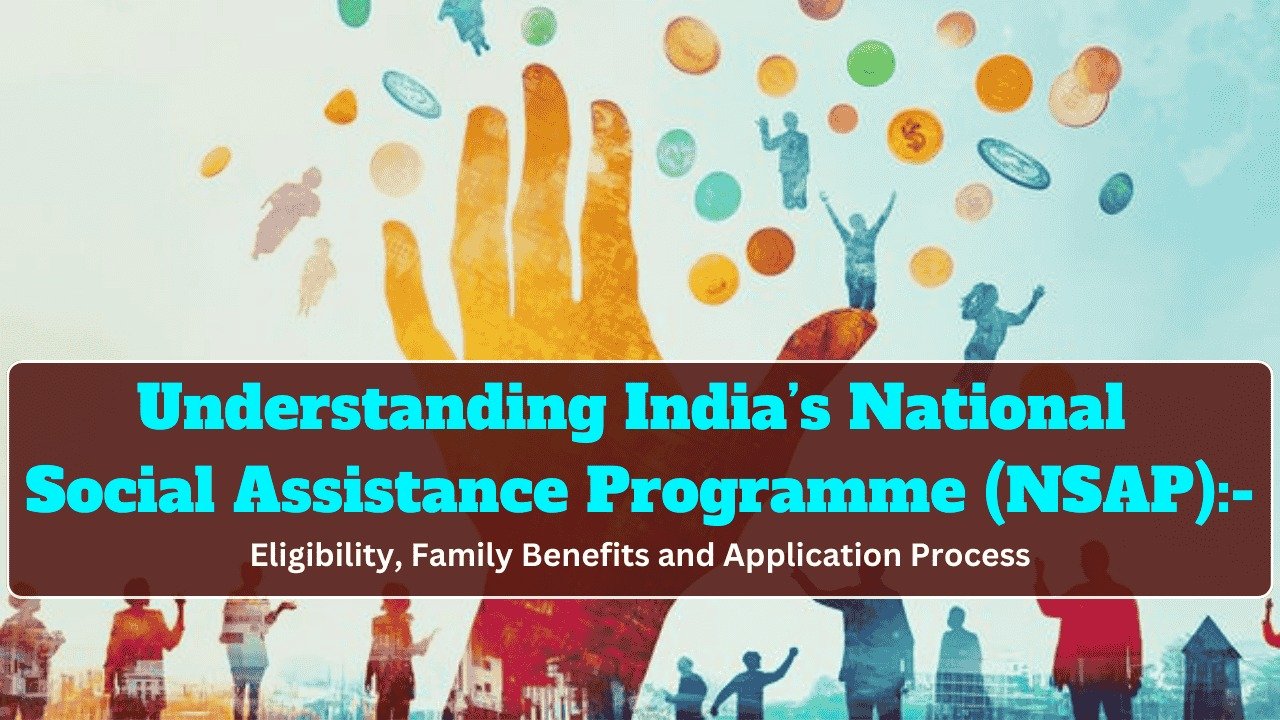
The National Rural Livelihoods Mission (NSRLM) represents one of India’s most ambitious initiatives to alleviate rural poverty through sustainable livelihood development. While the program has made significant strides in empowering rural communities, particularly women, it continues to face a complex array of challenges. This article examines these challenges in detail while highlighting the various strategies and mechanisms implemented to overcome them.
Understanding NSRLM: Background and Objectives
The National Rural Livelihoods Mission, launched in 2011, aims to create robust livelihood opportunities for the rural poor by mobilizing them into Self-Help Groups (SHGs) and strengthening institutional structures. Its primary goal is to reduce poverty by enabling poor households to access gainful self-employment and skilled-wage employment opportunities.
Key Challenges Facing NSRLM Implementation
Regional Disparities in Mobilization and Performance
| Region | SHG Formation Rate | Credit Linkage Rate | Major Constraints |
|---|---|---|---|
| Northern States | Moderate | Low to Moderate | Social barriers, limited awareness |
| Southern States | High | High | Strong existing SHG ecosystem |
| Eastern States | Moderate to High | Low | Infrastructure gaps, limited market access |
| Western States | Moderate | Moderate | Uneven institutional support |
| North-Eastern States | Low | Very Low | Geographic isolation, limited banking presence |
The table above illustrates how the effectiveness of NSRLM varies significantly across regions. Southern states have historically performed better due to their strong foundation of SHG movements, while many northern and northeastern states struggle with social barriers and limited banking networks.
Insufficient Capacity Building
Despite efforts to build capabilities, many SHG members lack the necessary skills to:
- Maintain proper financial records
- Develop viable business plans
- Navigate market complexities
- Scale their enterprises beyond the subsistence level
This skill deficit limits the potential growth of SHG-based enterprises and their ability to compete in broader markets.
Weak Financial Linkages
| Challenge | Impact | Underlying Cause |
|---|---|---|
| Low credit mobilization | Limited capital for business expansion | Risk aversion by financial institutions |
| Inadequate repeat financing | Stunted growth of successful enterprises | Poor documentation and compliance |
| High interest rates | Reduced profit margins for SHG enterprises | Perceived high risk by lenders |
| Complex loan procedures | Delayed access to timely credit | Institutional bureaucracy |
Many SHGs struggle to establish and maintain productive relationships with banks, limiting their ability to access the capital needed for business growth and diversification.
Human Resource Constraints
The implementation of NSRLM suffers from:
- Insufficient dedicated staff at block and village levels
- High turnover of trained personnel
- Inadequate training of existing staff
- Overburdening of personnel with multiple responsibilities
These human resource gaps affect the quality of support provided to SHGs and their unions.
Limited Livelihood Diversification
Most SHGs remain concentrated in:
- Primary agricultural activities
- Basic handicrafts
- Small-scale food processing
- Local retail operations
This narrow focus restricts income potential and increases vulnerability to sector-specific risks such as market fluctuations and climate impacts.
COVID-19 Disruptions
The pandemic severely impacted NSRLM operations through:
- Disruption of regular SHG meetings
- Depletion of group savings as members withdrew funds for emergencies
- Breakdown of supply chains for SHG products
- Contraction of market demand for non-essential goods produced by SHGs
Strategies to Overcome Challenges
Strengthening Community Institutions
NSRLM has worked to build multi-tier institutional structures:
- Village-level SHGs for primary mobilization
- Village Organizations (VOs) for coordination
- Cluster Level Federations (CLFs) for accessing broader services
- Block and district-level federations for advocacy and market linkages
This pyramidal structure enables stronger collective bargaining power and economies of scale.
Enhanced Financial Inclusion Mechanisms
| Mechanism | Purpose | Outcome |
|---|---|---|
| Community Investment Fund | Initial capitalization | Reduced dependence on informal lenders |
| Vulnerability Reduction Fund | Emergency support | Improved financial resilience |
| Bank Sakhi Program | Banking facilitation | Increased credit access |
| Interest Subvention | Reduced borrowing costs | Enhanced profitability |
| Digital Financial Services | Streamlined transactions | Improved financial management |
These financial tools have significantly improved SHGs’ access to affordable credit and strengthened their relationship with formal banking systems.
Targeted Capacity Building Initiatives
NSRLM has intensified training efforts focusing on:
- Financial literacy and bookkeeping
- Enterprise development and management
- Market Assessment and product positioning
- Digital skills for e-commerce participation
- Leadership development for women SHG members
These targeted interventions aim to transform SHGs from mere microfinance units into vibrant business entities.
Value Chain Development Approach
To address the challenge of limited livelihood diversification, NSRLM has adopted a comprehensive value chain approach that:
- Identifies high-potential sectors in each region
- Maps value chains from production to consumption
- Identifies intervention points where SHGs can participate profitably
- Creates forward and backward linkages to strengthen market access
- Develops producer enterprises for aggregation and value addition
Technology Integration
Digital tools being deployed include:
- Management Information Systems for tracking progress
- Digital accounting platforms for SHGs
- Mobile applications for market price information
- E-commerce platforms for wider market access
- Digital payment systems for financial transactions
Conclusion
While NSRLM continues to face significant challenges, the program has demonstrated remarkable resilience and adaptability. The multi-pronged approach of strengthening institutional structures, enhancing financial linkages, building capacities, and leveraging technology has created a foundation for sustainable rural livelihoods.
For NSRLM to realize its full potential, continued focus on regional customization, increased resource allocation, enhanced human resource deployment, and greater emphasis on market-oriented enterprise development will be essential. As India moves toward its goal of inclusive development, the lessons learned from addressing NSRLM’s challenges will be invaluable for shaping effective poverty alleviation strategies.




